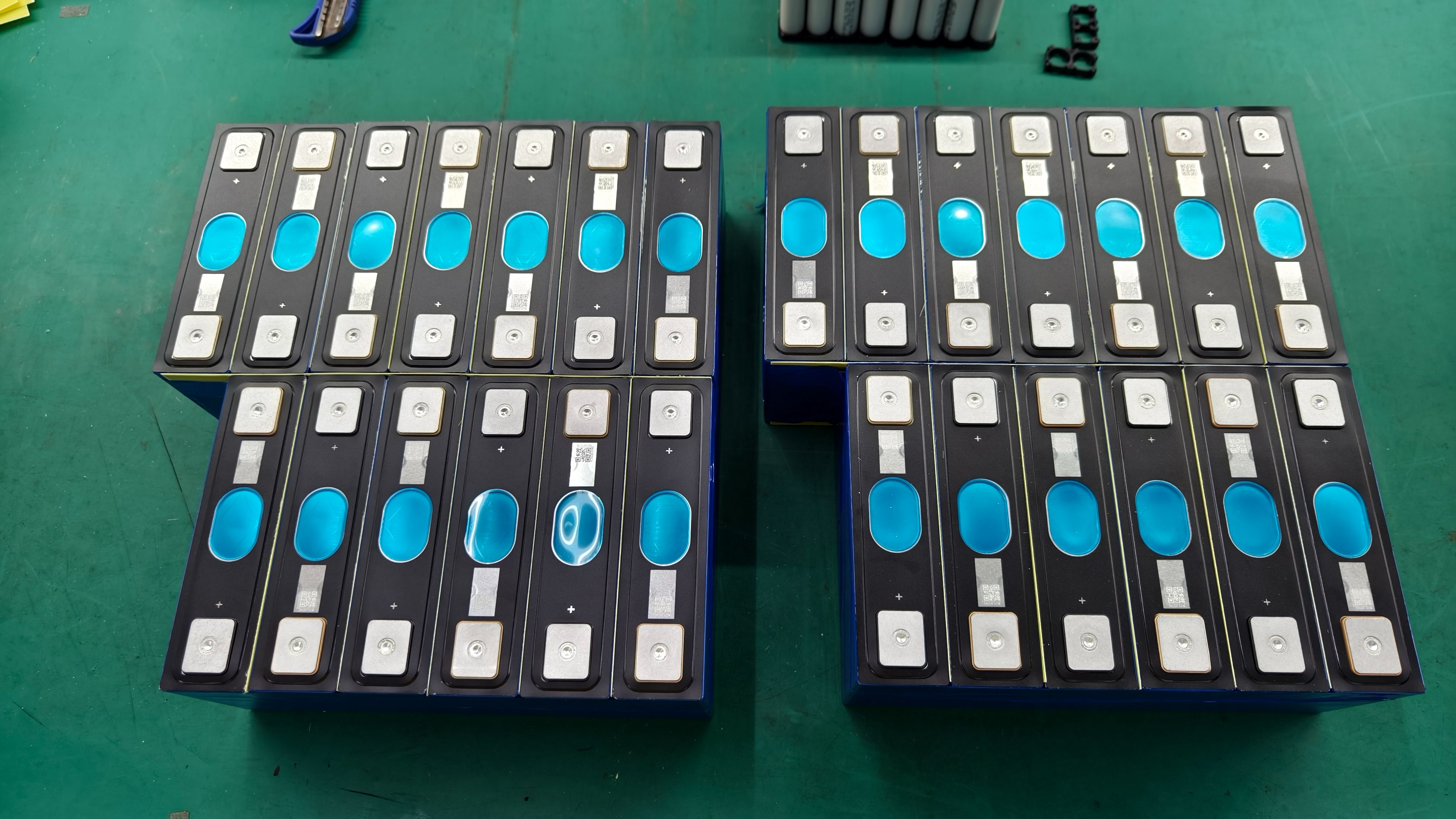1. Energy Density:
Energy density is a metric used to measure the capacity of a battery to store energy. It directly determines the amount of power that a battery can provide when the same weight or volume is used. For products such as electric vehicles and mobile devices that have high requirements for battery range, energy density is a crucial parameter.
The energy density of lithium iron phosphate batteries is relatively low, usually ranging from 100 to 180 Wh/kg. This means that, for the same capacity, lithium iron phosphate batteries have relatively larger volumes and weights, which limits the range and portability of the equipment. Therefore, lithium iron phosphate batteries are not suitable for devices with high requirements for range, such as long-distance electric vehicles or mobile devices that need to operate for a long time.
In contrast, ternary lithium batteries have a higher energy density, typically ranging from 200 to 300 Wh/kg. This enables ternary lithium batteries to store more energy at the same weight or volume, providing longer driving ranges. Therefore, ternary lithium batteries are more suitable for electric vehicles and mobile devices with high requirements for driving range. In the electric vehicle field, the wide application of ternary lithium batteries is precisely due to their high energy density, which brings long driving range advantages.
2. Charging and Discharging Performance: Essential for a Fast-paced Life
Charging and discharging performance is an indicator that measures the charging speed and discharging capacity of a battery. For devices that require rapid charging or frequent charging and discharging, the quality of charging and discharging performance directly affects the user's experience. The charging and discharging speed of lithium iron phosphate batteries is relatively slow, and the charging time is long. This to some extent limits the application of lithium iron phosphate batteries in fast-paced usage scenarios. However, in recent years, with the continuous development of high-rate charging technology, lithium iron phosphate batteries have also made certain progress in fast charging. Some lithium iron phosphate batteries can now be fully charged within one hour, but overall, their charging and discharging performance still lags behind that of lithium iron phosphate batteries. The ternary lithium battery has excellent charging and discharging performance, capable of quickly charging and releasing electrical energy. In terms of charging efficiency, the ternary lithium battery performs particularly well, significantly reducing the charging time. This is undoubtedly a huge advantage for devices that require frequent charging and discharging or operate in a fast-paced manner. Therefore, the ternary lithium battery has been widely used in mobile devices such as smartphones.
3. Cycle Life: Guarantee for Long-Term Stable Operation
Cycle life refers to the ability of a battery to maintain a certain level of performance after undergoing a certain number of charging and discharging cycles. For applications that require long-term stable operation, cycle life is an important consideration factor. Lithium iron phosphate batteries are renowned for their outstanding cycle performance, typically capable of achieving 2,000 to 4,000 or even more charge and discharge cycles. Some specific energy storage batteries can even reach more than 6,000 cycles, with a service life of up to 7-8 years. This makes lithium iron phosphate batteries highly advantageous in applications requiring long-term stable operation, such as energy storage systems and backup power supplies.
Some specific energy storage batteries can even reach more than 6,000 cycles, with a service life of up to 7-8 years. This makes lithium iron phosphate batteries highly advantageous in applications requiring long-term stable operation, such as energy storage systems and backup power supplies.